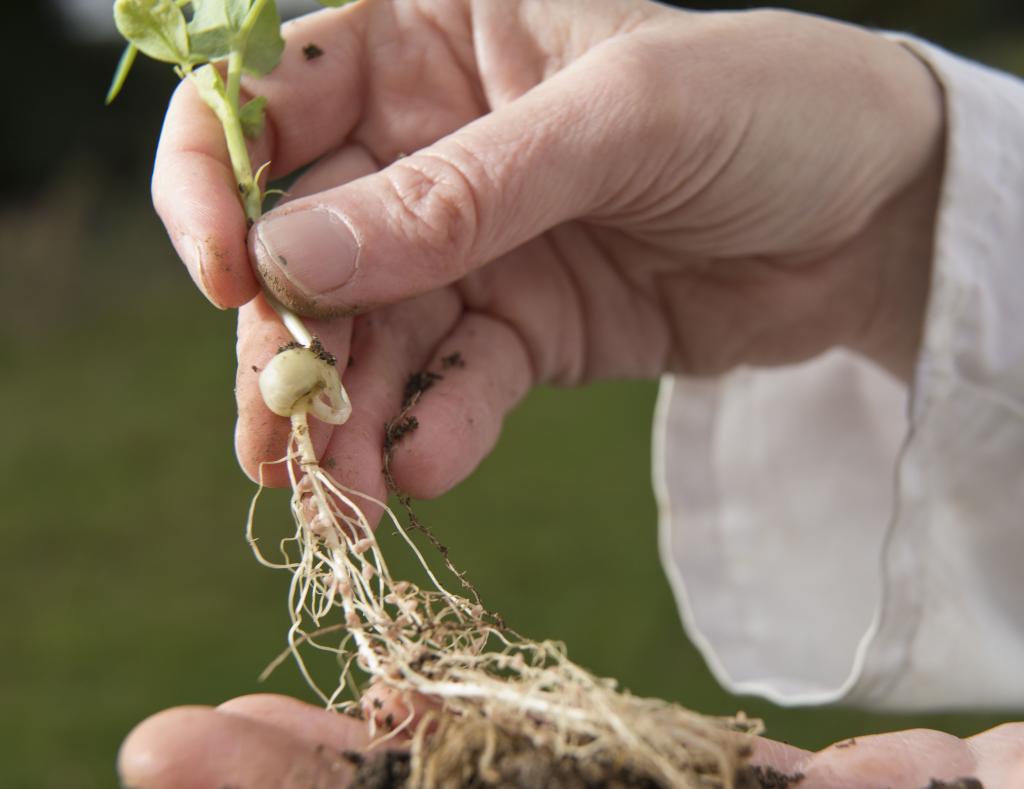Abstract
The establishment of symbiotic interactions between mycorrhizal fungi, rhizobial bacteria and their legume hosts involves a common symbiosis signalling pathway. This signalling pathway is activated by Nod factors produced by rhizobia and these are recognised by the Nod factor receptors NFR1/LYK3 and NFR5/NFP. Mycorrhizal fungi produce lipochitooligosaccharides (LCOs) similar to Nod factors, as well as short-chain chitin oligomers (CO4/5), implying commonalities in signalling during mycorrhizal and rhizobial associations. Here we show that NFR1/LYK3, but not NFR5/NFP, is required for the establishment of the mycorrhizal interaction in legumes. NFR1/LYK3 is necessary for the recognition of mycorrhizal fungi and the activation of the symbiosis signalling pathway leading to induction of calcium oscillations and gene expression. Chitin oligosaccharides also act as microbe associated molecular patterns that promote plant immunity via similar LysM receptor-like kinases. CERK1 in rice has the highest homology to NFR1 and we show that this gene is also necessary for the establishment of the mycorrhizal interaction as well as for resistance to the rice blast fungus. Our results demonstrate that NFR1/LYK3/OsCERK1 represents a common receptor for chitooligosaccharide-based signals produced by mycorrhizal fungi, rhizobial bacteria (in legumes) and fungal pathogens. It would appear that mycorrhizal recognition has been conserved in multiple receptors across plant species, but additional diversification in certain plant species has defined other signals that this class of receptors can perceive.
Read full article
